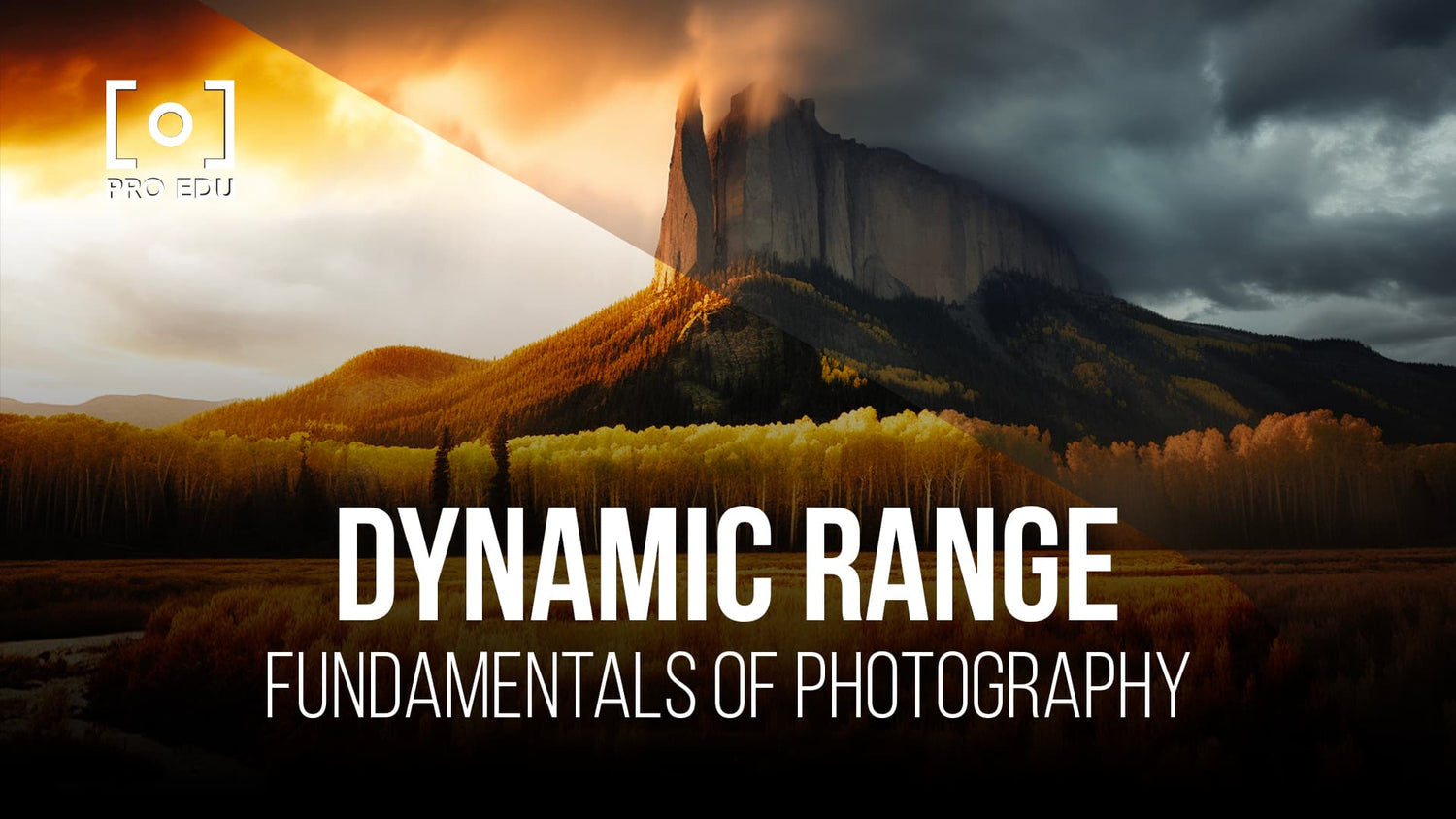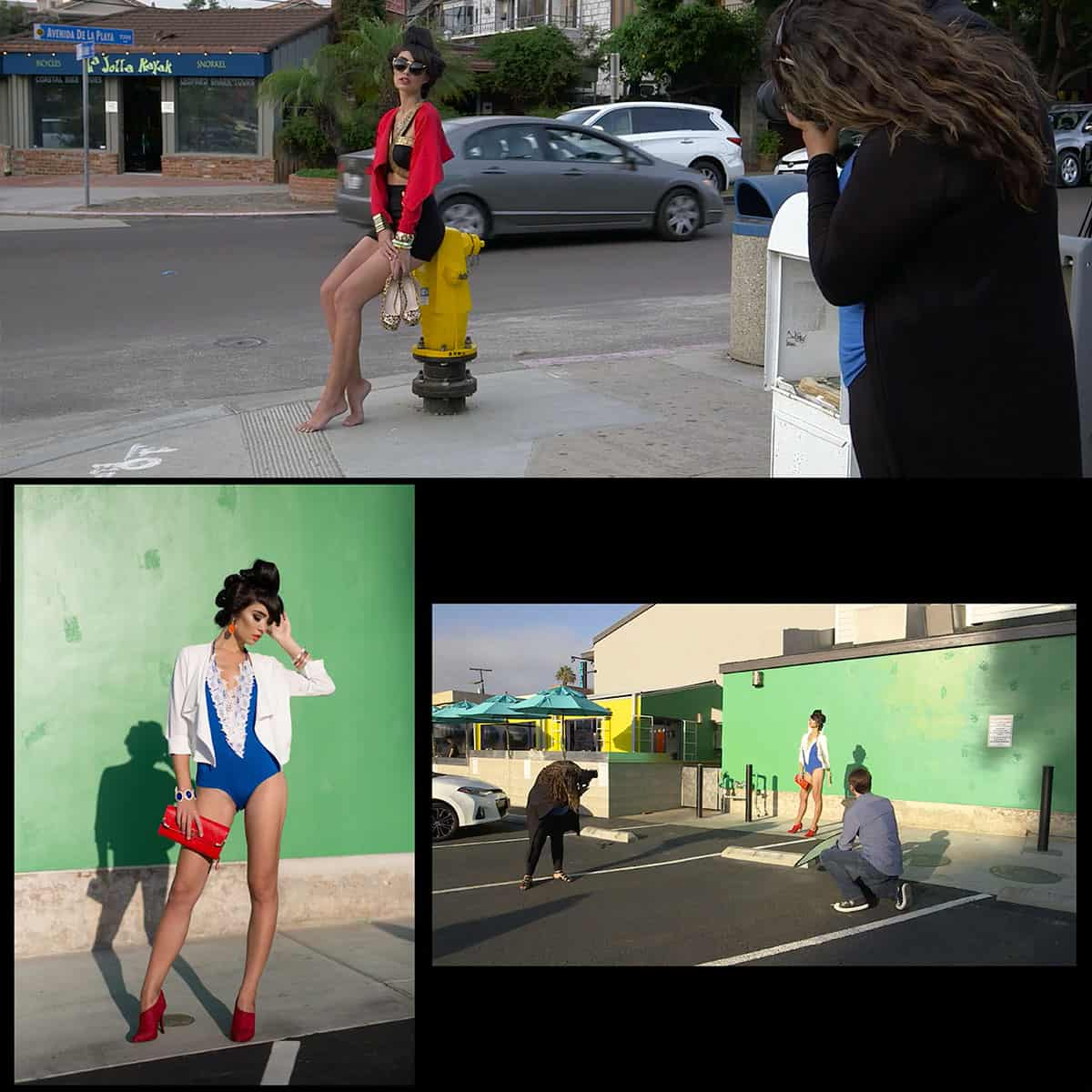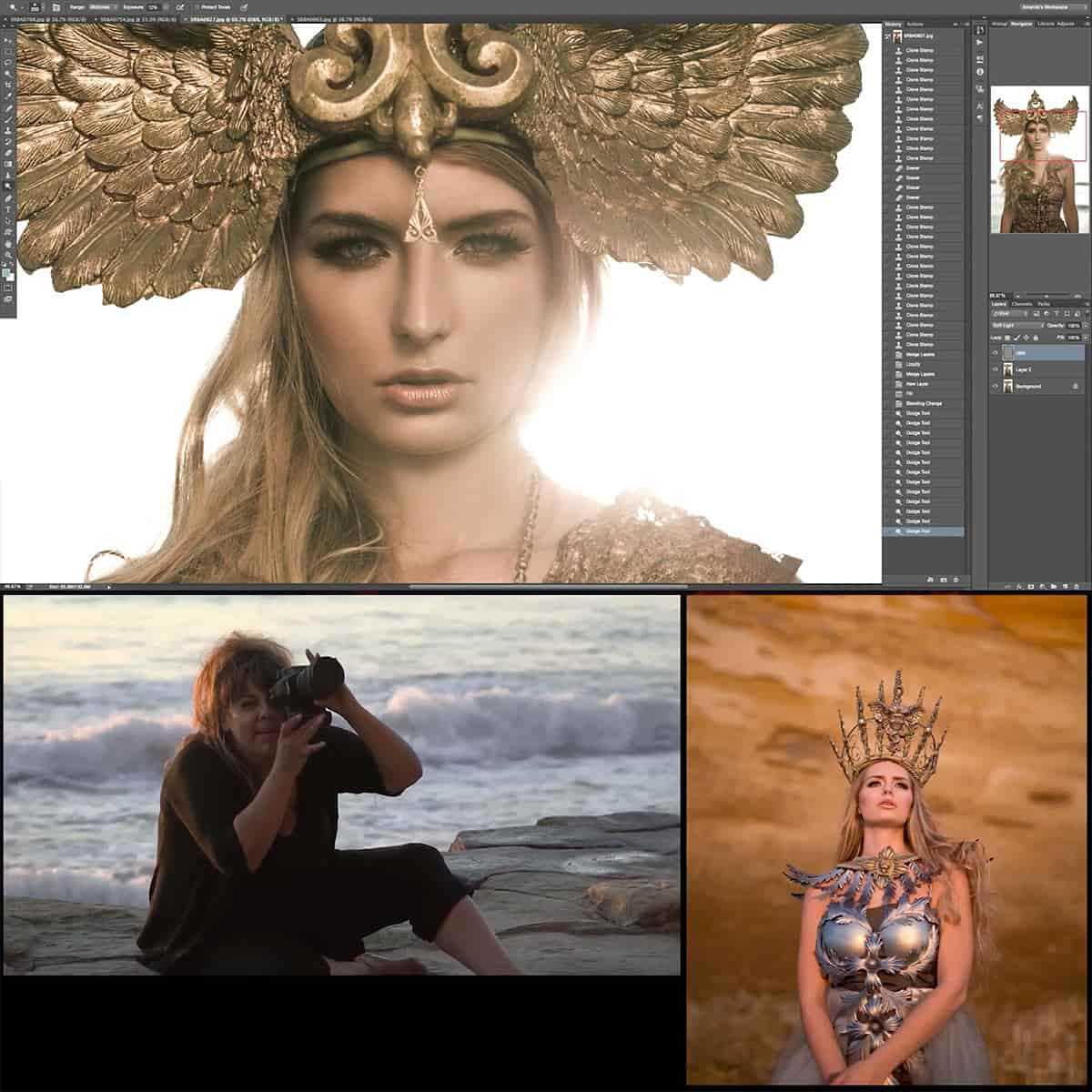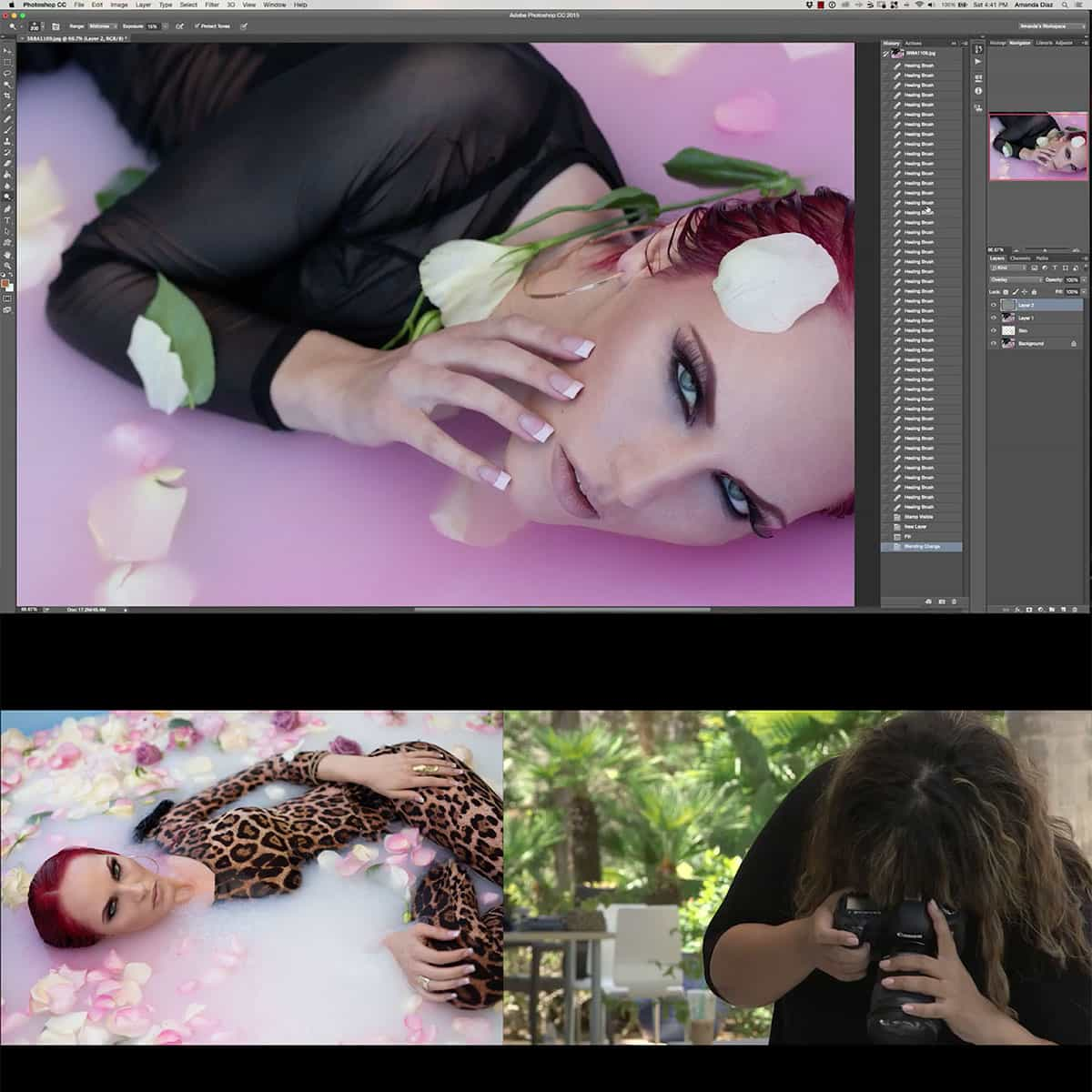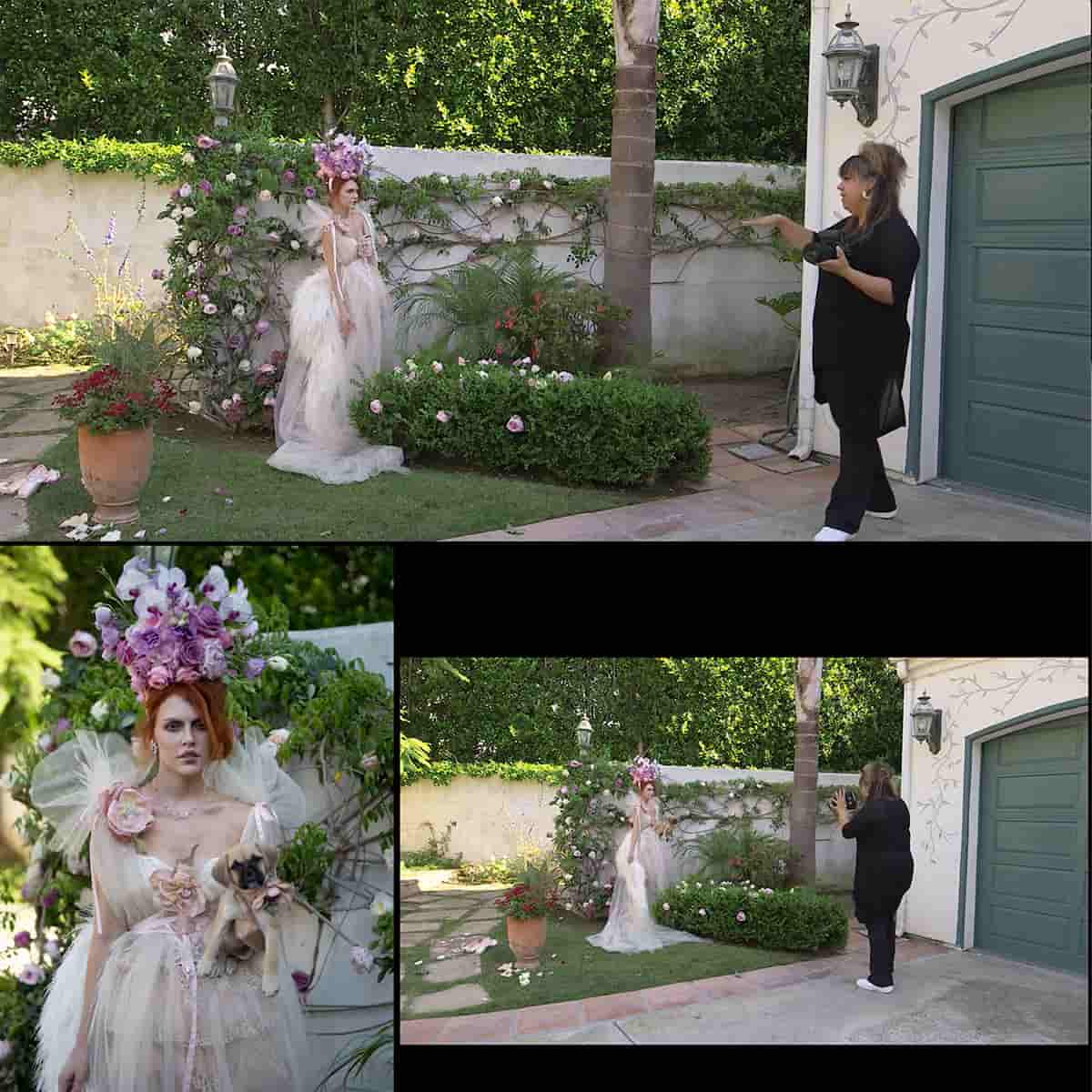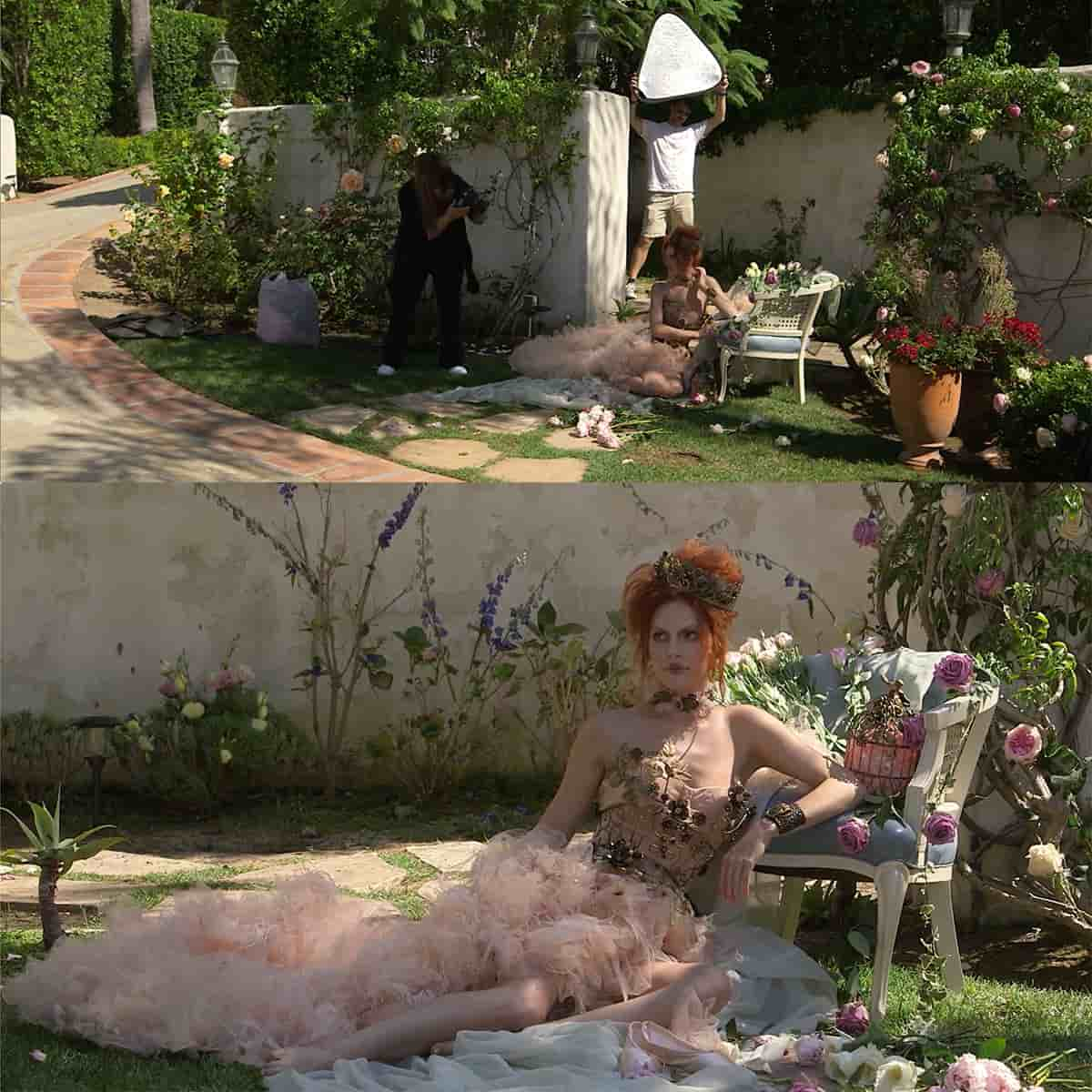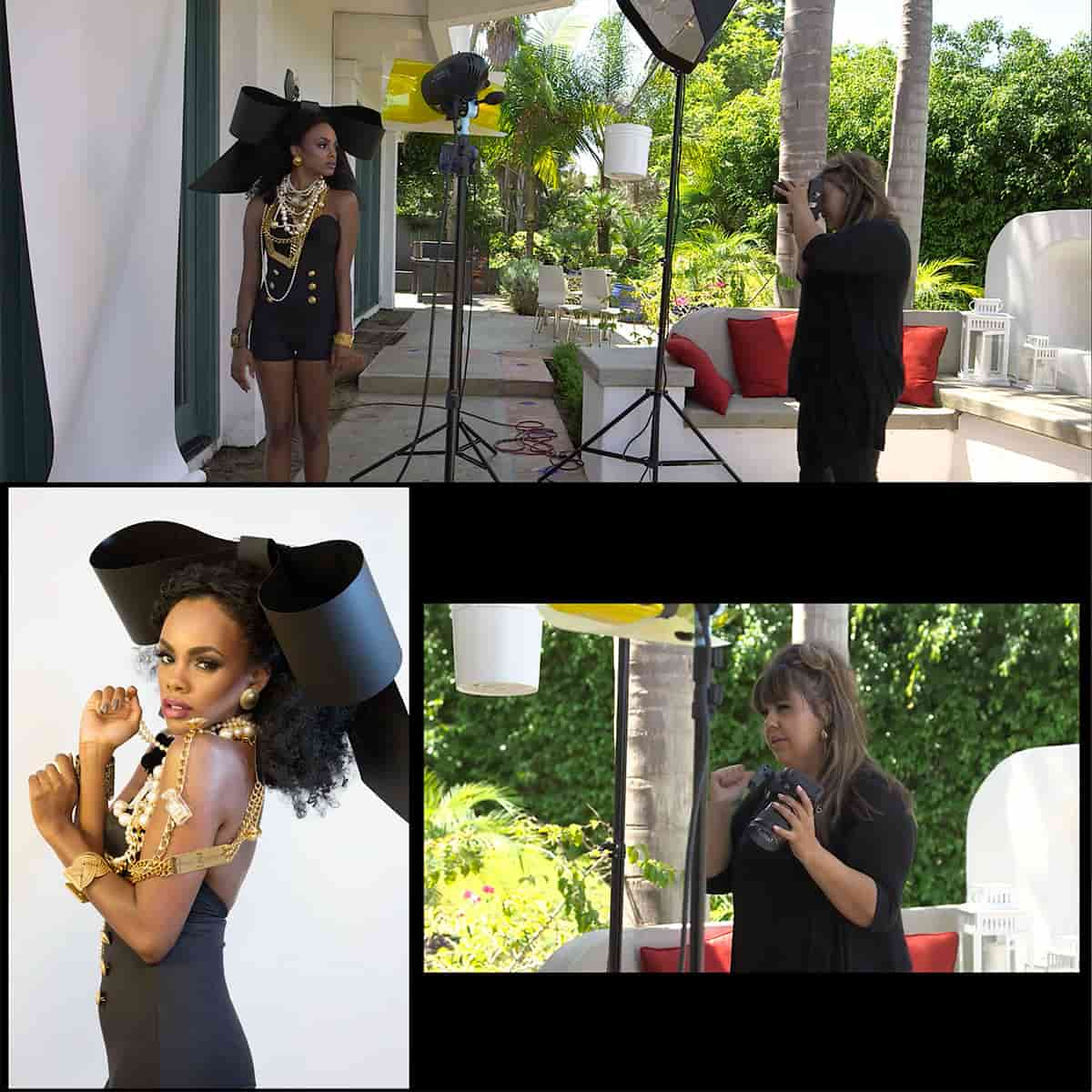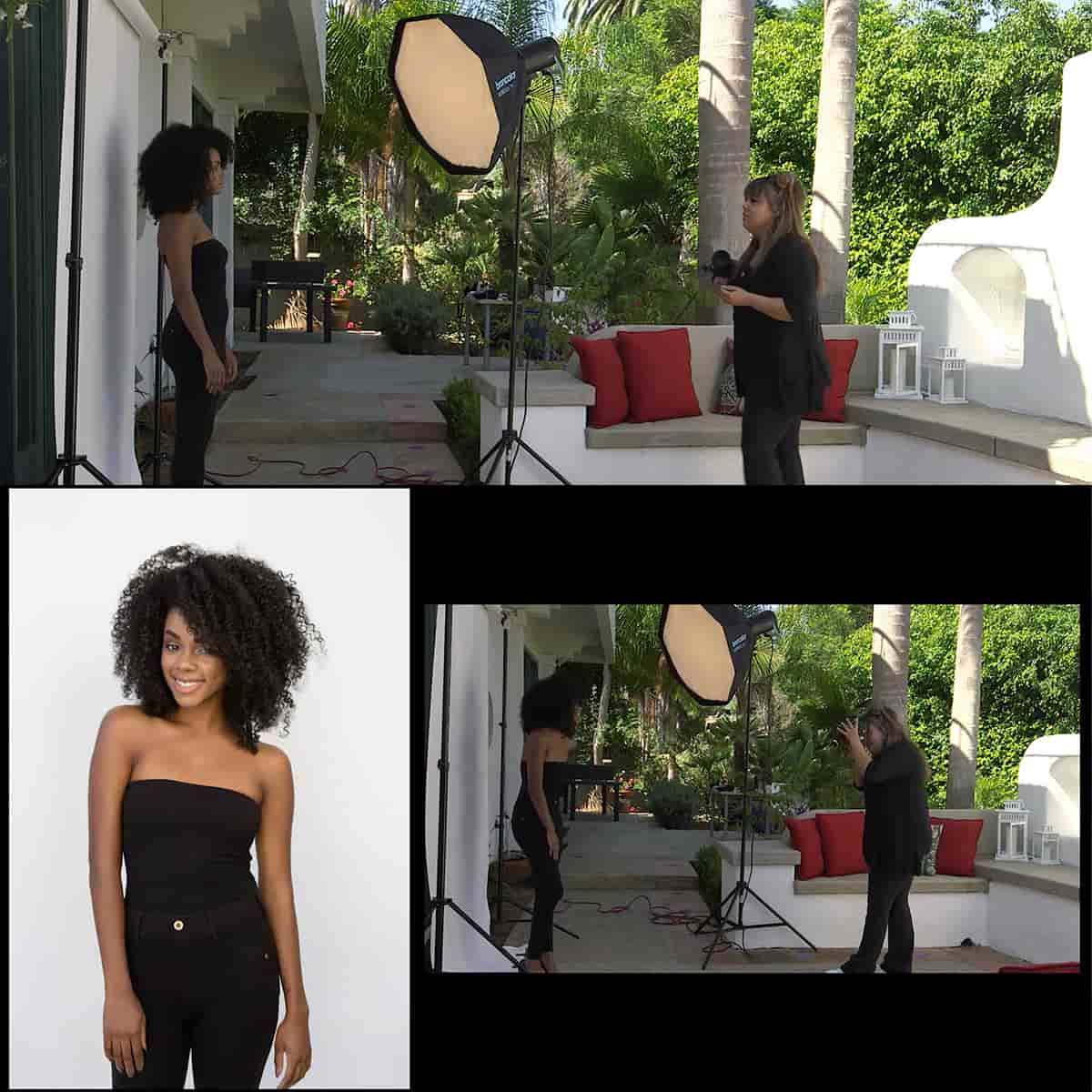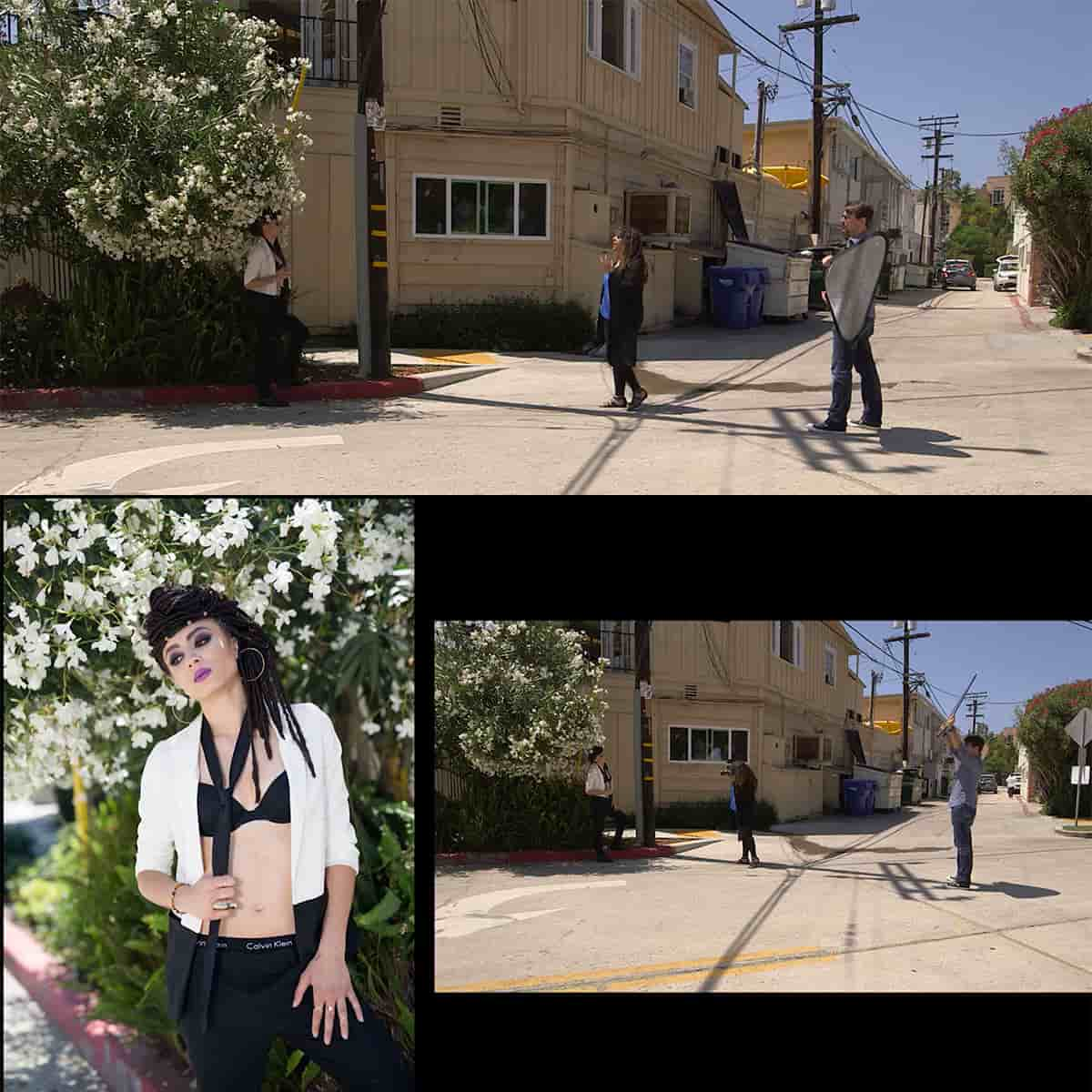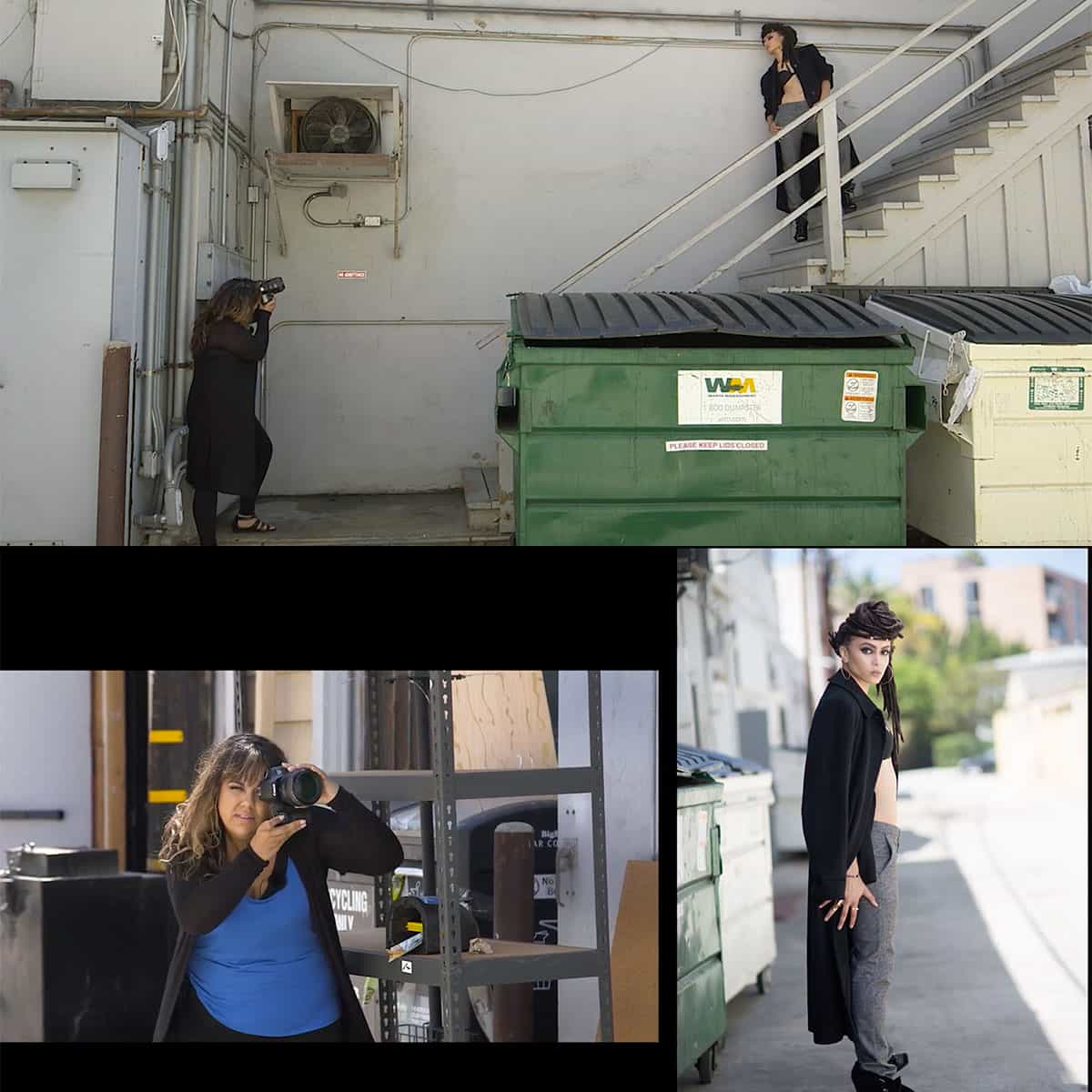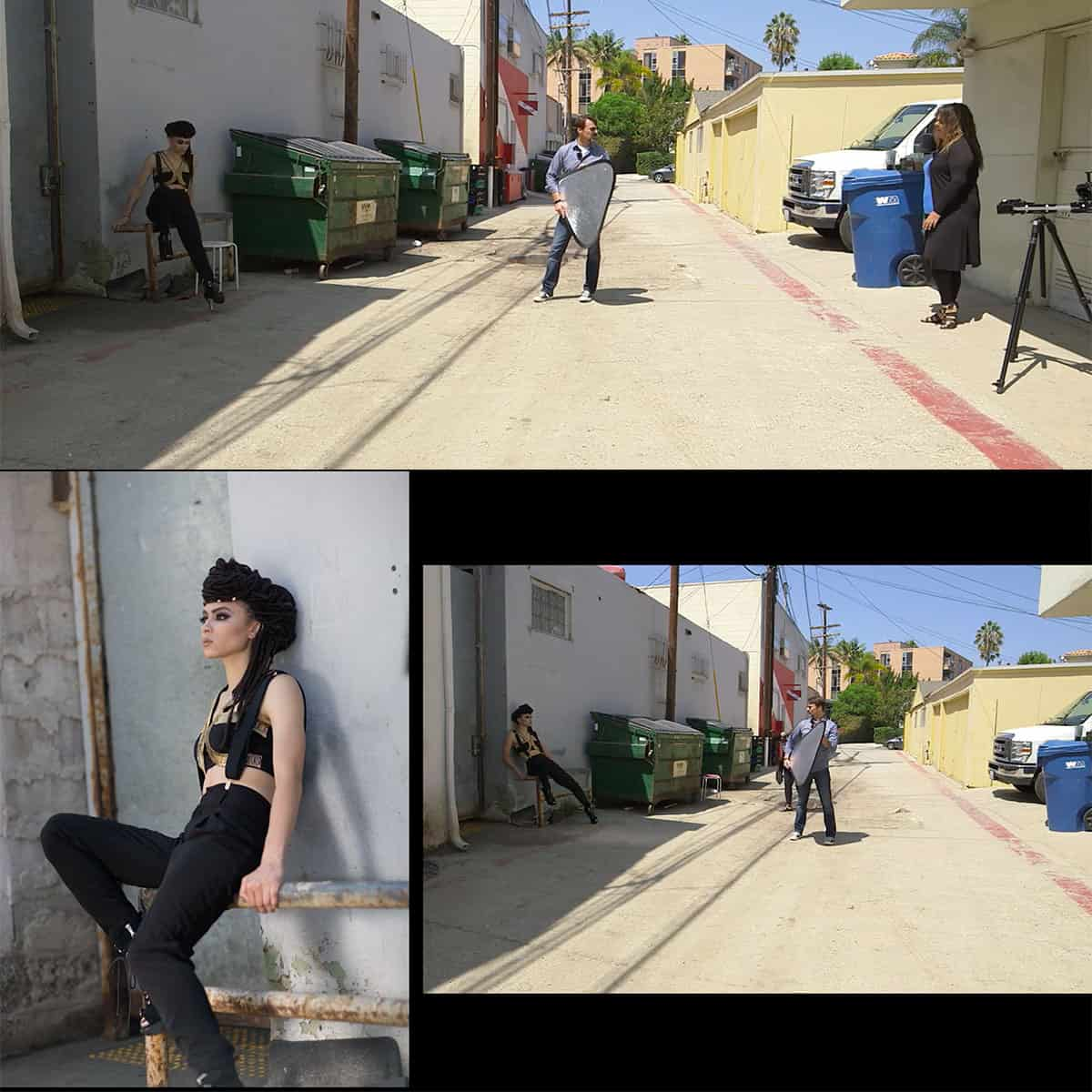Understanding Dynamic Range in Photography: Mastering Light and Shadow Balance
Understanding dynamic range in photography is essential for capturing visually appealing and well-balanced images. It refers to the range of tones present in a scene, from the darkest shadows to the brightest highlights. A greater dynamic range means a scene has more tonal variations, which can help convey depth and emotion in your photographs.
Mastering dynamic range involves adapting to different lighting conditions and knowing how your camera's sensor handles various exposure settings. By combining technical knowledge with artistic vision, you can optimize the dynamic range in your images to achieve striking, professional results.
Key Takeaways
- Dynamic range is crucial in photography for capturing images with nuance and depth.
- Techniques like understanding exposure settings can help in optimizing dynamic range.
- Camera sensors also play a key role in determining the dynamic range of an image.
Basic Principles of Dynamic Range
When discussing dynamic range in photography, we should first understand its fundamental concept. Dynamic range is the ratio between the brightest and darkest values that a camera sensor can capture in a single image1. Put simply, it represents the range of tonal differences between pure black and pure white in a photograph2.
One important aspect of dynamic range is its unit of measurement: stops. A stop is a level of exposure, and each stop represents a doubling or halving of light. For example, increasing exposure by one stop means doubling the amount of light entering the camera3.
In any given scene, dynamic range can be affected by factors such as lighting conditions and sensor size4. Larger sensors generally have a greater dynamic range, which allows them to capture more detail in both shadows and highlights. When the lighting conditions change, a camera's ability to read a specific number of stops may also decrease4.
It is crucial to note that increasing a camera's ISO value can significantly reduce its dynamic range4. Higher ISO values may result in more noise, leading to less detail being captured within the range of tones. Therefore, finding the right balance between ISO, exposure, and dynamic range is an essential skill for photographers to master.
In conclusion, understanding dynamic range is vital for photographers to capture images with a balanced representation of both dark and light areas. By learning to manipulate factors like exposure and ISO settings, photographers can optimize their images' contrast and tones, ultimately enhancing the final result3.
Dynamic Range and Camera Guide
When it comes to dynamic range in photography, it plays a crucial role in the quality of an image. We'll discuss dynamic range and how it relates to various cameras, including DSLRs and mirrorless cameras.
Dynamic range refers to the contrast ratio between the darkest and brightest color tones a camera can capture in a single exposure. Our eyes can perceive a wider dynamic range compared to most cameras, which is why sometimes, the images we capture may not exhibit the same tonal variations as we see in reality.
DSLRs and mirrorless cameras usually have a dynamic range between 10 to 15 stops, depending on the sensor quality. The sensor is a critical component, as it records the image information in tones or grey shades, ultimately determining the overall dynamic range of the camera. When selecting a camera for dynamic range, consider factors such as the camera sensor's size, quality, and ISO setting. Different sensors provide different dynamic ranges, where a larger sensor often results in a broader dynamic range.
Apart from the camera itself, the ISO setting is another essential aspect to consider. Usually, a lower ISO setting results in a better dynamic range, as higher ISO settings can introduce noise and reduce the dynamic range. However, it's vital to find the right balance between ISO and dynamic range for optimal image results.
In conclusion, ensure you understand the role of dynamic range while selecting cameras like DSLRs or mirrorless cameras and adjust your ISO settings accordingly. It will help you achieve stunning images with an accurate tonal range and contrast.
High Dynamic Range In Photography
High dynamic range (HDR) in photography is a technique used to capture a greater range of tonal detail in a single image. By combining multiple shots taken at different exposure levels, we can achieve images with a more extensive tonal range than possible with a single shot. This technique is particularly helpful when shooting scenes with both bright highlights and dark shadows.
To create HDR images, we expose to the right (ETTR), ensuring our images are correctly exposed for the highlights. This practice helps capture additional information in the shadows while avoiding overexposing the highlights. When shooting with a digital camera, we can utilize exposure bracketing to automatically capture multiple images at various exposure levels.
The process of HDR photography involves capturing multiple exposures of the same scene. Typically we capture 3 to 5 images with different exposure settings. Afterwards, we merge these multiple exposures in image editing software, such as Adobe Lightroom or Photoshop, to create a single image with an extended dynamic range.
HDR images have some advantages over and above traditional photographs. They can more accurately represent the full range of tones we perceive with our eyes. Furthermore, HDR photographs are particularly stunning when displaying scenes with extreme variations in light and dark elements.
It's crucial to remember that there can be some challenges to HDR photography. For instance, misalignment of the images or ghosting due to movement in the scene. We recommend using a sturdy tripod and minimizing camera movement to achieve the best results. Finally, it's important to use HDR photography judiciously, as overdone or poorly executed HDR images can look unnatural and detract from the beauty of the scene.
Understanding Exposure and Dynamic Range
To grasp the concept of dynamic range in photography, it is crucial first to understand exposure. Exposure refers to the amount of light that enters the camera sensor, determined by the combination of shutter speed, f-stop, and ISO. The exposure value (EV) is a numerical representation of the light level in a particular scene, which helps photographers adjust the camera settings accordingly.
Shutter speed defines the duration of light entering the camera, while the f-stop determines the aperture size, controlling the intensity of light. Increasing the shutter speed or decreasing the f-stop will increase exposure, making the image brighter. Conversely, decreasing the shutter speed or increasing the f-stop will reduce exposure, making the image darker.
An overexposed image has too much light, resulting in a loss of detail in the brightest areas. On the other hand, an underexposed image has too little light, causing loss of detail in darker parts. Striking a balance between those two extremes is essential to capture a well-exposed photograph.
The third important factor in exposure is ISO, which controls the camera sensor's sensitivity to light. A higher ISO value increases sensitivity, brightening the image but often introducing noise, which may affect the image quality.
Now that we have a grasp of exposure, we can explore dynamic range. Dynamic range is the range of tones in an image, from the darkest blacks to the brightest whites, that the camera sensor can capture. A scene with high dynamic range has a significant contrast between the darkest and brightest areas, making it challenging to capture details in both without overexposing or underexposing parts of the image.
In summary, understanding exposure and its components – shutter speed, f-stop, and ISO – is vital to comprehend dynamic range in photography. It helps us balance the contrasting elements in a scene and capture detailed images in various light situations.
Processing Techniques to Optimize Dynamic Range
One powerful method to optimize dynamic range is using Adobe Photoshop to merge multiple exposures of the same scene. With this technique, you can take advantage of the full range of tones and details from different exposures. By combining the best elements of each photo, we create a final image with an enhanced dynamic range.
To achieve an ideal result, it's essential to capture RAW files instead of JPEGs. RAW files store a significantly greater amount of data compared to JPEGs, allowing for more flexibility during post-production. Additionally, shooting in RAW format preserves the original data, enabling us to experiment without permanently altering the image.
In post-production, processing techniques such as HDR (High Dynamic Range) can be applied to merge multiple exposures into a single, well-balanced image. HDR blending helps achieve natural-looking results by maintaining details in both shadows and highlights. Tools like Adobe Photoshop and Lightroom provide easy-to-use HDR features, as well as presets to refine the output.
Moreover, when working with RAW files, using tone mapping allows us to manipulate the tones in our image effectively. By adjusting highlights, shadows, and mid-tones, we can optimize the dynamic range and create a more visually appealing photograph.
Frequently Asked Questions
What factors influence dynamic range in photography?
Several factors can influence the dynamic range in photography, such as the camera sensor's capabilities, the brightness and contrast of the scene, and the post-processing techniques used. Camera sensors with larger pixel sizes or a higher bit depth generally offer a greater dynamic range, allowing for more detail to be captured in both highlights and shadows. Camera settings can also play a role in capturing a wider dynamic range.
How does dynamic range affect image quality?
Dynamic range significantly affects image quality as it determines how well a camera can capture details in both the darkest and brightest areas of a scene. A higher dynamic range allows for more tonal variations and smoother transitions between different brightness levels. This results in images with better details and less noise in the shadows and highlights, ultimately leading to more visually pleasing photographs.
What is the relationship between dynamic range and stops?
In photography, the term "stop" refers to a unit of measurement for light exposure. The dynamic range of a camera or sensor is often described in stops, with each stop representing a doubling or halving of light. A higher dynamic range typically coincides with a greater number of stops, which means the camera can capture a wider range of light levels and produce images with more details in both bright and dark areas.
How do I calculate the dynamic range of my camera?
To calculate the dynamic range of your camera, you can consult your camera's technical specifications or find test results from reputable sources. Some websites also provide a database of dynamic range measurements for various camera models. Another method is to perform a controlled test by capturing images of a dynamic range test chart and comparing the results. Both approaches aim to determine the ratio between the maximum and minimum light levels a camera can capture in a single image.
How can I improve dynamic range in my photos?
Improving dynamic range in your photos can be achieved through various techniques. One option is to use the camera's built-in features, such as HDR (High Dynamic Range) mode or bracketing, which capture multiple images at different exposure levels. Another approach is to shoot in RAW format, which provides more flexibility for adjusting exposure and tonal values during post-processing. Additionally, proper exposure techniques and careful editing can help optimize dynamic range within the limitations of your camera's capabilities.
How do different camera sensor sizes impact dynamic range?
Camera sensor sizes can impact dynamic range as larger sensors generally have larger individual pixels that can absorb more light, resulting in a higher potential dynamic range. This allows them to capture more details in both highlights and shadows, leading to better overall image quality. However, it is essential to consider other factors as well, such as the sensor's bit depth and camera settings, which can also contribute to the overall dynamic range of your photographs.


